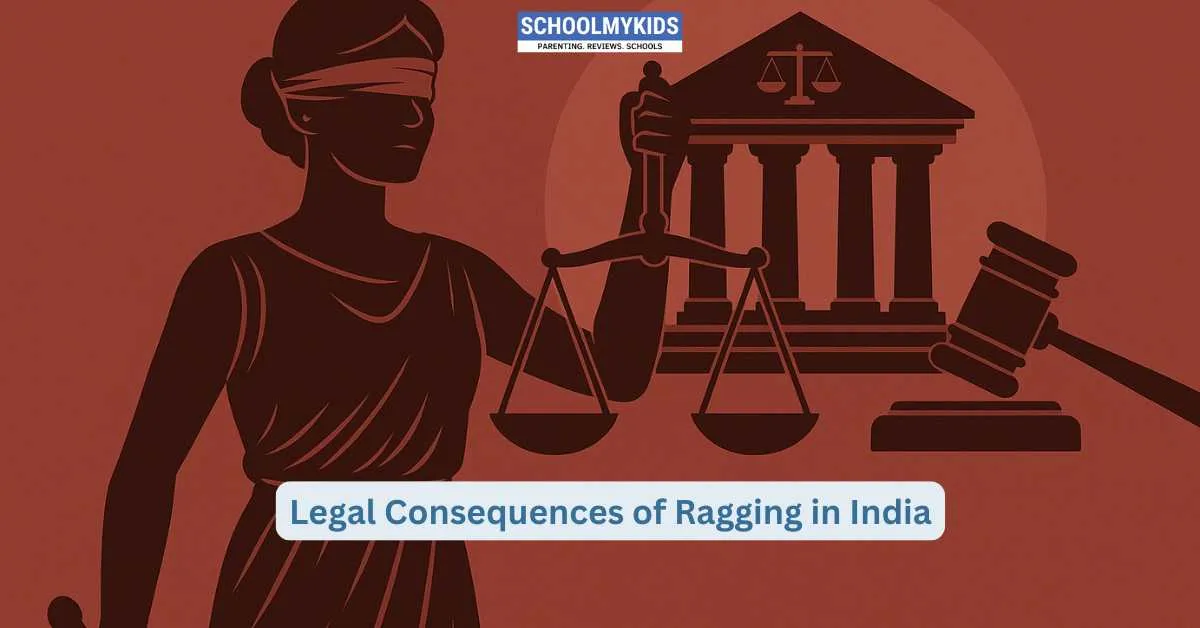The issue of ragging in Indian colleges has garnered widespread attention over the years, prompting a robust legal response. What was once dismissed as a harmless tradition has now been recognized as a serious offense with far-reaching consequences. This article delves into the legal landscape surrounding ragging in India, exploring the evolution of anti-ragging laws, notable cases, and the responsibilities of both individuals and institutions.
Historical Context and Legal Awakening
In the past, ragging was often seen as an integral part of college culture—a “rite of passage” that was tolerated as long as it remained within certain bounds. However, as incidents of extreme abuse and harassment began to surface, public opinion shifted. The negative impact of ragging on the mental and physical well-being of students could no longer be ignored, leading to increased scrutiny and legal intervention.
The Emergence of Anti-Ragging Laws
The judicial system in India took a definitive stance against ragging. Landmark judgments from the Supreme Court of India set the tone by declaring ragging as a criminal offense. These rulings made it clear that no tradition or cultural practice could justify behavior that inflicts harm on individuals. As a result, state governments and educational bodies began to formulate and enforce strict anti-ragging policies, with severe penalties for those found guilty.
Key Legal Provisions and Penalties
Central to the legal framework are provisions that classify ragging as an offense punishable under various sections of the Indian Penal Code. Offenders can face a range of consequences, from hefty fines to imprisonment, depending on the severity of the incident. The legal provisions are designed not only to punish but also to serve as a deterrent. Educational institutions are also mandated to set up anti-ragging committees and helplines, ensuring that any reported case is promptly and effectively addressed.
Legal statutes also emphasize the importance of victim protection. Confidentiality measures and legal aid are provided to victims, ensuring that they are not further traumatized by the reporting process. This victim-centric approach underscores the commitment of the judiciary to protect the rights and dignity of students.
Notable Cases and Their Impact
Over the years, several high-profile cases have underscored the gravity of ragging-related offenses. These cases, widely covered by the media, have led to significant changes in both legal and institutional practices. The public outcry following such incidents has spurred legislative bodies to tighten the legal framework, ensuring stricter enforcement of anti-ragging laws.
Each case serves as a reminder that ragging is not a harmless tradition but a punishable offense. The legal outcomes have reinforced the message that the dignity and safety of students are paramount, and any act that undermines these values will be met with swift and decisive action.
Institutional Responsibilities
The law places significant responsibility on educational institutions. Colleges and universities are required to not only enforce anti-ragging policies but also to create an environment where students feel safe to report incidents. Failure to implement these measures can result in institutional liabilities, including the suspension of licenses or other punitive actions.
Institutions are encouraged to conduct regular awareness programs, training sessions, and workshops to educate students about the legal implications of ragging. This proactive approach helps to build a campus culture that prioritizes respect and safety, thereby reducing the incidence of ragging.
Empowering Students Through Knowledge
For students, understanding the legal framework surrounding ragging is crucial. Awareness of one’s rights and the legal recourse available in cases of abuse can empower victims to take decisive action. Educational institutions and student bodies must work together to disseminate this information, ensuring that every student is aware of the protections afforded by law.
Looking Ahead
The legal consequences of ragging in India represent a critical step in curbing this long-standing issue. As the judiciary continues to evolve its stance and educational institutions implement more stringent measures, there is hope for a future where ragging is relegated to history. The combined efforts of the legal system, educational bodies, and the student community are essential to achieving a safe and respectful academic environment.
In conclusion, the evolution of anti-ragging laws in India reflects a broader societal recognition that the safety and dignity of students are non-negotiable. By understanding the legal ramifications and institutional responsibilities, all stakeholders can contribute to creating a campus culture that leaves no room for abuse.








Be the first one to comment on this story.